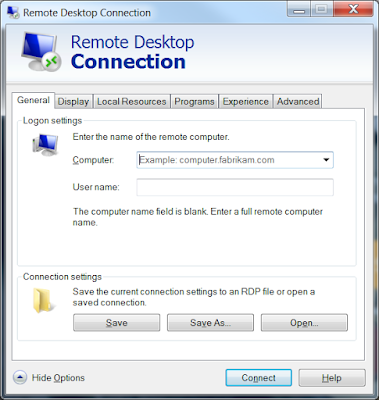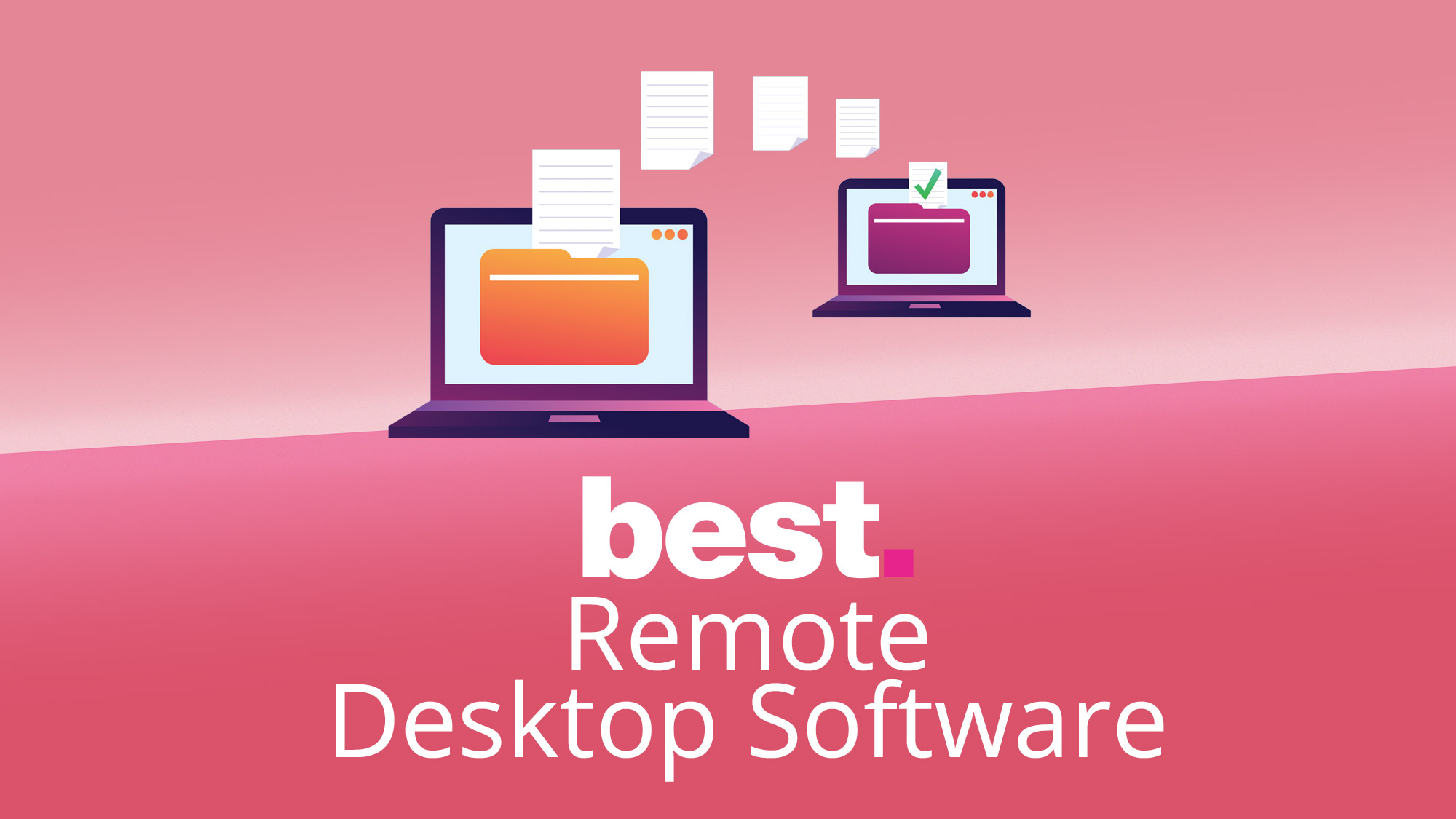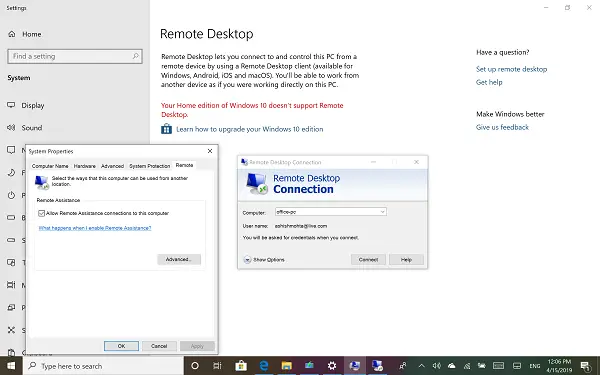Desktop as a service (DaaS), also called hosted desktop services, is a form of virtual desktop infrastructure (VDI) in which the infrastructure is outsourced and deployed by a third party.
In today’s network-centric world, there is no shortage of solutions available for making PC environments available over the Internet. Two of the most popular approaches, Remote Desktop Services (RDS) and Desktop-as-a-Service (DaaS), deliver approximately the same end-result.
However, RDS and DaaS are fundamentally different types of solutions. The differences matter not just for IT teams who maintain one of these platforms, but also for the end-users who rely on them to access desktop environments remotely.
Here’s a breakdown of the similarities and differences between RDS and DaaS, and why to choose one or the other.
What is Remote Desktop Services?
Welcome to the State Street Desktop as a Service (DaaS) Your SecurID is the passcode on your soft token or PIN plus passcode from your hard token. For assistance or technical support, please contact the State Street Global Help Desk. Giada driver. Service Desk Contact Numbers. In some cases, restarting the Remote Desktop Service does the trick, therefore, in this step, we will be manually restarting it. For that: Press “Windows” + “R” to open Run prompt. Type in “services.msc” and press “Enter“. Running Services.msc; Double click on “Remote Desktop Service” and click on “Stop”. Desktop as a Services Remote Desktop Access Desktop As A Service Desktop as a Service (DaaS) is a desktop virtualization service that is hosted on the cloud, so users can access their virtual desktops and applications wherever they go, using whichever device they need. Whether you need to access your work computer from home, view a file from your home computer while traveling, or share your screen with friends or colleagues, Chrome Remote Desktop connects you to your devices using the latest web technologies.
In Windows, Remote Desktop Services, is a platform that lets users share desktop environments between one Windows computer and another over the Internet. By setting up RDS on a Windows server, then using a Remote Desktop Protocol (RDP) application like Microsoft Remote Desktop, you can log in from another computer to a Windows environment that is hosted via RDS.
Once you log into the RDS-hosted PC environment, you can usually access all of the same local resources — including storage, applications, the Windows desktop interface and so on — that you would be able to use if the RDS environment were an actual PC that was sitting in front of you. RDS can also be configured to make only certain applications available to remote users, if admins choose to set it up that way.
Typically, the machine that hosts RDS runs in the same physical location — such as the same office building — as the computers from which users access the remote desktop environments. It is also possible, however, to install RDS on a server running in the cloud and share desktops from the cloud.
(For the record, RDS in this context should not be confused with Amazon RDS, a cloud-based database service that does not have anything to do with Windows RDS.)
What is Desktop-as-a-Service?
Desktop-as-a-Service, or DaaS, is a type of cloud-based service that allows you to run a desktop environment on a virtual machine that is hosted in a public cloud. With DaaS, you create a virtual machine using a public cloud service like Amazon EC2 or Azure Virtual Machines, install a PC operating system (like Windows 10) on it, then use an application like LogMeIn, GoToMyPC or DesktopReady to access it.
Like RDS, DaaS gives users access to all of the same applications and system resources that they would be able to use if their virtual machine environment were a physical computer instead of a virtual desktop running in the cloud.
RDS vs. DaaS
At a high level, then, RDS and DaaS both provide the same end-result: Desktop environments that are accessible by remote users over the network.
But they achieve this result in quite different ways. The main differences between RDS and DaaS include:
- Host machine: With RDS, you need a server that is running the Windows Server operating system (along with a license for Windows Server) in order to create guest environments that can be shared over the network. With DaaS, you do not need Windows Server. You can install Windows 10 or another consumer-class version of Windows directly in cloud-based virtual machines to set up your desktop environments.
- Availability: If your RDS host server goes down due to a disruption such as a power outage or a restart to apply system updates, you will not be able to access your desktop environments. Connectivity could also be disrupted if users rely on a VPN to access RDS desktops remotely and the VPN fails. With DaaS, however, no VPN is required and the entire cloud service that hosts your cloud desktops would need to fail — an exceedingly rare event — in order to make them inaccessible.
- Security: DaaS allows you to create an isolated virtual machine for each desktop that you want to host. A security issue that arises in one machine won’t affect others. With RDS, however (as well as with any other Windows-based shared desktop environment), because there are multiple desktop environments hosted by the same Windows Server instance, spillover of security problems poses a higher risk. An attacker who takes control of the Windows Server environment could potentially control all of the desktop sessions it hosts, for example.
- Manageability: With RDS, you have to maintain a physical Windows Server machine in order to share desktop environments across your network. With DaaS, the cloud vendor or DaaS provider maintains the virtual machines for you; you need only to manage the software environments running on them (unless that task is also handled by the DaaS provider).
- Accessibility: Accessing RDS sessions from a location other than the one where the RDS server exists may require use of a VPN or a complex networking configuration. This can pose a challenge if, for example, you have employees who need to access their desktop environments from their homes. With DaaS, no VPN or special networking setup is necessary. With a DaaS platform like DesktopReady, users can log in to their desktops through their Web browsers, from any location.
- Scalability: When you use RDS, the number of desktop environments you can host, and the amount of CPU, memory and storage resources you can assign to them, are limited by the resources available to the Windows Server host machine. On a DaaS platform, however, you can easily allocate more resources to your cloud desktops as needed.

When to use RDS and when to use DaaS
Grupo@sitre driver download for windows 10. Because of these differences, RDS and DaaS cater to different types of needs.
RDS makes sense if you already have Windows Server running, and you have an in-house IT team that is capable of managing RDS. RDS also works best in situations where the users of your remote desktop sessions will be in the same physical location as the RDS server.
In contrast, DaaS is a better solution for organizations seeking a hands-off remote-desktop solution that can be accessed from anywhere, with minimal deployment and maintenance effort on the part of the organization. DaaS also offers greater opportunities to scale up by creating additional desktop environments, or assigning more resources to existing ones, as needs change.
The bottom line: Although RDS and DaaS may seem like basically the same thing, it’s important to understand the major differences between each approach, identify your organization’s needs and determine which solution is the best fit for them.
A remote desktop service is a system whereby a person is able to connect to and use a specific computer from a remote location as if they were sitting in front of it at the time. The most common example is that of accessing your office computer from the PC or laptop at home, enabling you to manage files, use available resources and generally do everything you’d be able to do if you were actually at the computer in question.
Thousands of businesses the world over use and rely on RDS as a core part of their IT framework. From multinational corporations to educational institutes offering long-distance-learning and so many more besides, there are so many uses to RDS in innumerable industry sectors.

As with so many IT systems and initiatives however, RDS comes with both its inherent advantages and disadvantages. As such, it’s a case of weighing up the good and the bad in order to work out whether or not RDS is the right step forward for you and your business.
Remote Desktop Service Advantages
- Security – As all of your important data including files and documents will be held in the most secure data centres in the world, there’s practically zero chance of theft or loss. Connection to the remote desktop are protected by state-of-the-art encryption technology, which eliminates the risk of hacking and other data-loss cases common with standard computing and networking.
- Flexibility – The core purpose of RDS is to allow workers to perform their duties from literally anywhere at any time. The only thing needed is a computer and a secure internet connection, which adds up to the kind of freedom and flexibility that would be otherwise entirely impossible.
- Lower Costs – Often when using a remote desktop system, it isn’t necessary to invest in multiple copies of the same business software packages as they can be used via a single machine. In addition, the computers used to access the host computer do not necessarily have to be high-performance machines with equally high prices.

Remote Desktop Service Disadvantages
Remote Desktop Services Windows 10
- Downtime – If the service provider is anything other than flawless in its consistency and performance, there’s a strong risk of downtime. And when it comes to downtime in the world of RDS, it can leave the entire network/system inaccessible until the necessary repairs have been made.
- Network Dependency – A little like the above, the system will work fine just as long as all third-party computers have strong and reliable internet connections available to them. If not, the system is completely out of reach.

Desktop As A Service Providers
- Bottlenecks – Depending on the power of the host system and how many are trying to access it at the same time, it’s possible that bottlenecks can be caused and reduce performance.
Remote Desktop Services 2019
- Knowledge – The administrator of the RDS must have solid knowledge of the subject and be readily contactable if and when any problems should occur during normal working hours. Without the necessary help on standby to turn to in the event of a system outage, the results could be dire.
